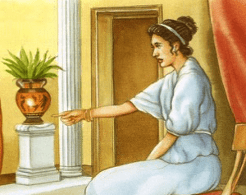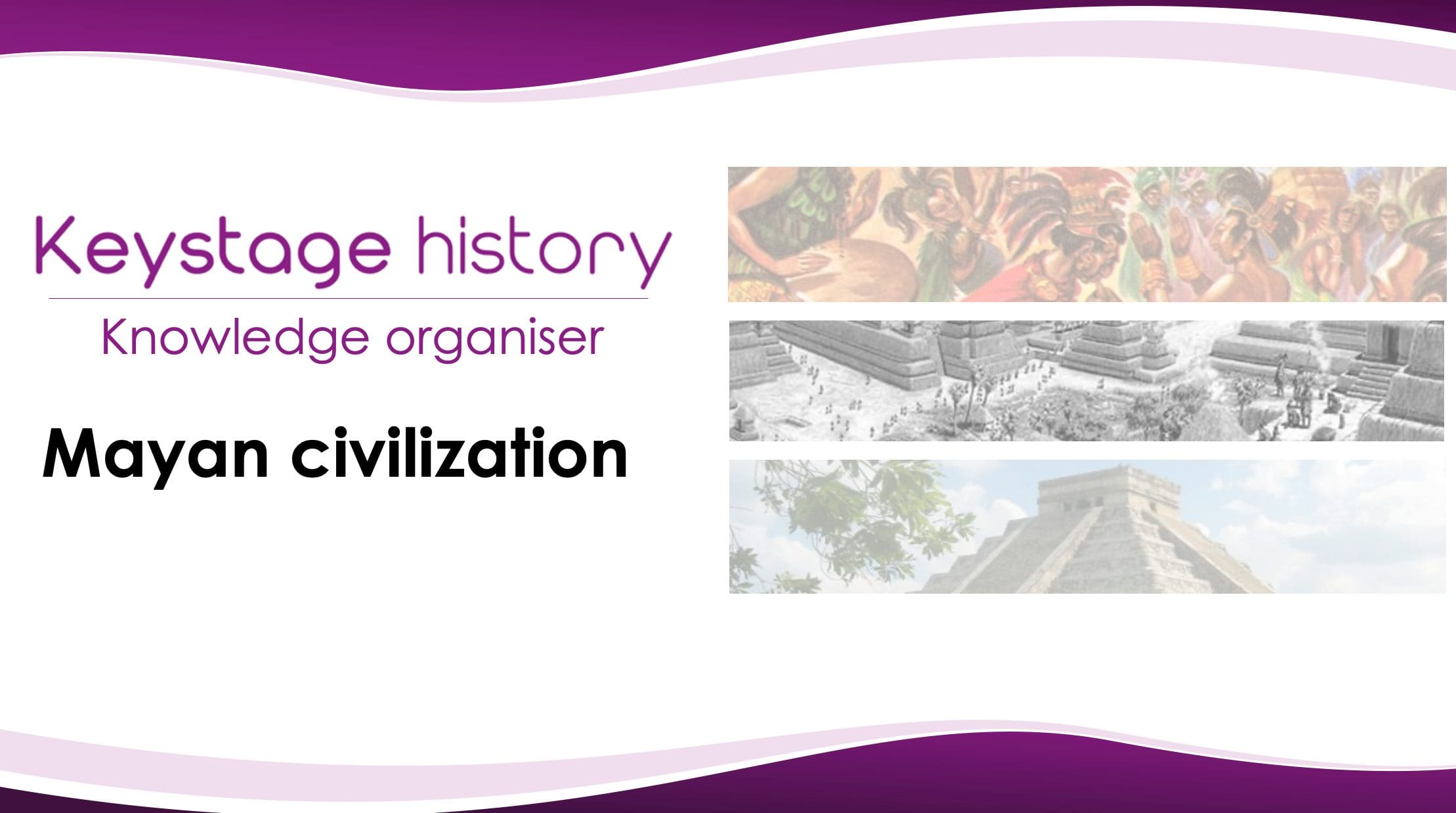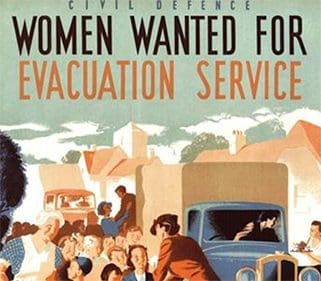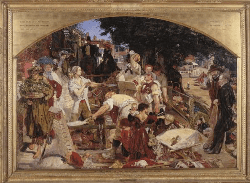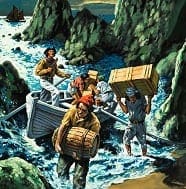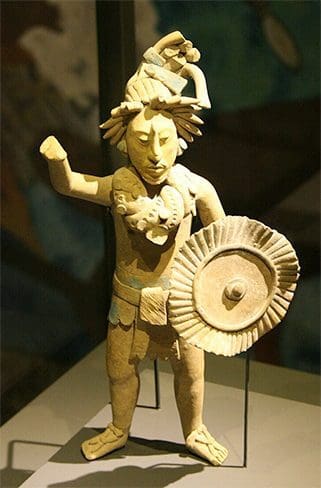
The top 10 things you need to know about chronology at KS2, but were afraid to ask.
1. There is more to chronology than sequencing
While sequencing is fundamentally important, you also need to think about a range of other issues too. These include:
- duration
- interval
- overlap
- anachronism
as well as knowing what was happening in different parts of the world at the same time. That is why the National Curriculum wants you to compare Saxon Britain with Benin/Maya/Islam.
2. Overlap
overlap. There is a new smart task on using 15 pupils to represent centuries of change from Roman to Viking. Pupils will see visually that the Romans overlap with the Saxons for 1 century, and that the Saxons overlap the Vikings for 4 centuries. This powerful activity is described in more detail in point 4 below. Such knowledge is fundamental in understanding that it wasn’t simply the Romans leaving then the Saxons came in and the when they left the Vikings arrive. It is also why I suggest that you teach Saxons and Vikings at the same time, so that pupils see the interrelationship.3. Duration
Also important is duration. How long were the Romans living in Britain? What about the Victorians? Similarly, with interval, ask pupils how long after X did Y happen? This is a fundamentally important part of understanding issues such as long term and short term causes as well as the speed of change.
4. Physical timelines
Physical timelines work well. Have a look at this activity first designed by the excellent Ian Dawson. Get the pupils moving around. As mentioned in point 2, I strongly recommend that you use pupils to physically represent time. The example I cite refers to pupils grasping the interrelationship between the Romans Saxons and Vikings. The activity works like this. Select 15 pupils to the front. You’ll need a spacious room or the hall to make the most of this. Now give 4 children a card with the following printed on a Roman themed background, big enough to be read by the rest of the class 1st century ADst , 2nd century AD ; 3rd century AD and 4th century AD. Make the cards the same colour. Now do the same for the next 7 pupils who are given cards with a Saxon theme : 5th century AD, 6th century AD; 7th century AD; 8th century AD; 9th century AD; 10th century AD; 11th century AD, again all on same colour card. Finally hand out 4 Viking cars for the 8th 9th 10th and 11the century. Then ask them to stand in line. This will show the relative length of their ‘stay’ in Britain relative to each other. But the most important learning occurs when you ask pupils to move. As the Saxons were present at the same time as the Roman ask the pupils carrying the first Saxon card to stand in front of the last Roman. Then ask the 4 Vikings to stand partially in front of the last 4 Saxons. Now take a photo and then project it onto the screen when you get back to the classroom. Can pupils explain what happened to the timeline and why?
5.Don’t waste time asking pupils to construct timelines.
It takes forever, is unnecessary and steals time from more important thinking about time. Use a pre-prepared one for pupils to quickly annotate. Think carefully about scale, but don’t assume you will use the same scale for all periods. A to-scale timeline showing World War Two and the Ancient Egyptians would have to much empty space to the left and so congested with writing to the right as to be pretty worthless
6. Big picture
You need to keep returning to the big picture overviews to see how topics link to each other in time. Yes, this means every topic. So class timelines and whole-school/corridor/playground timelines are useful but only if pupils interact with them. Don’t let them become wallpaper. Think of questions to ask. What was happening in Britain when the pyramids were being built. At the time when the Ancient Greeks were transforming the way we look at the world, what was happening in Britain?
7. Chronology is fun if we make it intriguing and active
Sorting out anachronisms in pictures always goes down well: drawing timelines doesn’t. I have found that pupils love these anachronism pictures. So as well as spotting anachronisms, pupils have to say what the people of the time would have head instead. So what did the Ancient Egyptians use to water their crops if they didn’t have hoses!!
8. The thematic unit ( British history post-1066)
The thematic unit ( British history post-1066) with its emphasis on change over time, is a perfect vehicle for looking at chronology. Much better if you leave this to Y5/6 so pupils have more of an overview and can see the connections.
9.Don’t think that teaching topics in chronological order is the answer
It may in, some cases, help with the British history units but even then what do pupils make of the Middle Ages? Isn’t there a danger of them tending to think that the Tudors followed the Vikings and that the Victorians came after the Tudors? And does this mean you have to teach Ancient Greece in Y3 when it is far better suited to Y5/6? And don’t get me started on vertical grouping, whole -school topics, mixed aged classes and 2 and 4 year cycles!!
10. So what does work?
Have a serious think about using Timebox as suggested on the site. https://www.keystagehistory.co.uk/keystage-2/grasping-the-chronology-nettle/

